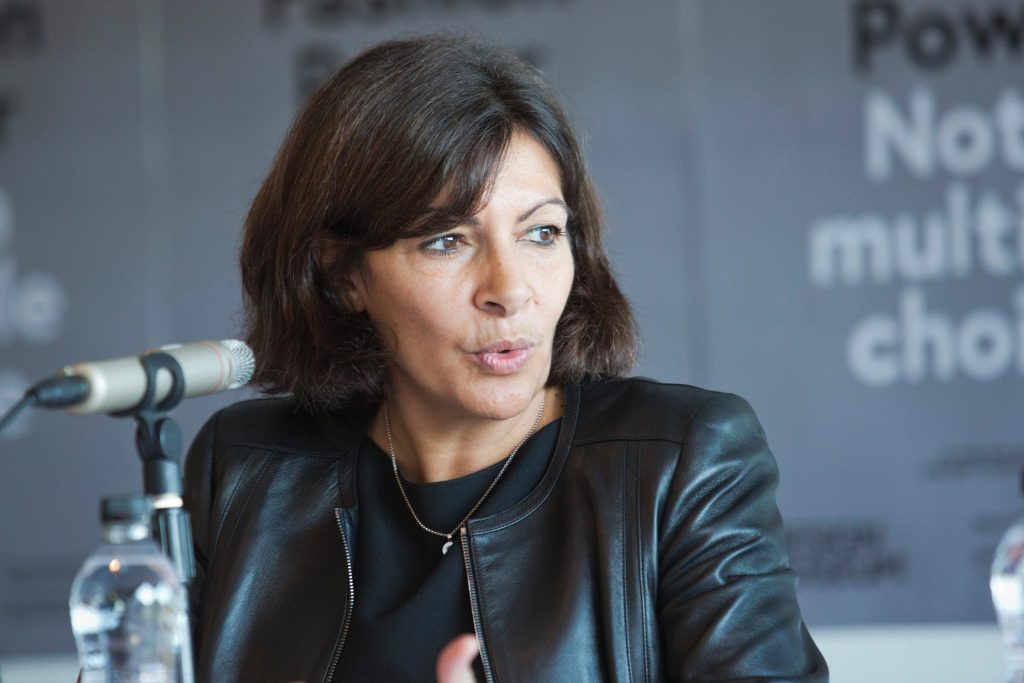There are currently more than 10,000 active participatory budgets (PBs) spread around the globe – from school-based PBs with budgets of a few hundred euros, to Paris’ mega-PB with a budget of around €100 million a year.
With numbers like these, it’s no surprise that PBs are attracting a lot of attention among politicians hoping to find new ways of driving citizen involvement. Never before have so many citizens been put directly in charge of so much public money.
Yet dig a little deeper into the statistics, and you’ll find a less widely publicised set of numbers which paints a more ambiguous picture: participation rates. A PB can be considered a major success if as many as 5% of eligible voters take part; in most cases, this figure is considerably lower. Even local election participation rates, unimpressive though they often are, tend to be well into double figures.
If the aim of participatory democracy is to bypass elected officials and put power directly into the hands of the people, some may doubt the value of an exercise that only attracts the interest of a small minority of voters.
Paris has already achieved a participation rate of around 7% – an impressive figure, especially for a city of its size. How did Paris achieve this, and what steps can they take to drive participation up further? The answer could lie in moving beyond PBs altogether.
Paris’ Participatory Budget
The Paris PB is the largest in the world in terms of per head expenditure, with an average of €100 million a year in its first five years – 5% of the city’s investment budget. It was launched in 2014 by Anne Hidalgo in her first year as Mayor of Paris. She has called it “an indispensible annual democratic event, emblematic of our desire to reinvent politics.”
Participation rates initially grew year on year, more than tripling from 40,745 in 2014 to 143,489 in 2019 – around 7% of eligible voters. The rate fell for the first time in 2021, a drop widely attributed to the effects of the COVID-19 pandemic, which prevented the 2020 edition from going ahead. 2022 saw the figure rise again to 142,122.
The Paris PB may have attracted the interest of international media – but the fact remains that many Parisians have never heard of it. To help drive participation, the city administration sends teams out onto the streets of Paris every year to raise awareness and encourage residents to vote at one of more than 200 ballot boxes distributed around the city during voting. Residents also have the option of voting via the PB website.
Beyond Participatory Budgets
Yet for Paris, the key to increasing participation may not lie in greater awareness, but in making PB just one tool among a wider set of participatory formats.
After her reelection in 2020, Anne Hidalgo took the decision to increase the proportion of Paris’ investment budget spent in consultation with citizens from 5% to 25%. Nonetheless, the share spent via PB will remain constant at around 5%.
Instead, the city is implementing other participatory tools, including citizen consultations and assemblies. Among them is the project “beautify your neighbourhood” – a series of consultations encouraging local residents to get active in shaping their immediate environs.
Not Always the Right Fit
PBs are here to stay. When the Paris PB launched in 2014, it was one of five in France. According to a recent nationwide study conducted by the platform lesbudgetsparticipatifs.fr, it is now one of 400.
These figures are encouraging, as they show participation rising in the national political agenda.
Participation Factory recently explained in this article that PB is not the right fit for all cities and municipalities. And even where PBs do succeed, the fact is they will not reach everyone. Some people simply aren’t interested in voting on how funds are spent in their city.
The participatory mindset needs to be cultivated and encouraged among citizens – and no single tool is likely to achieve this in isolation. For the vast majority of people who participate in PBs, their involvement begins and ends with casting a vote once a year. This is a step in the right direction – but its ultimate value depends on a city’s willingness to follow it up with another step, and another.
